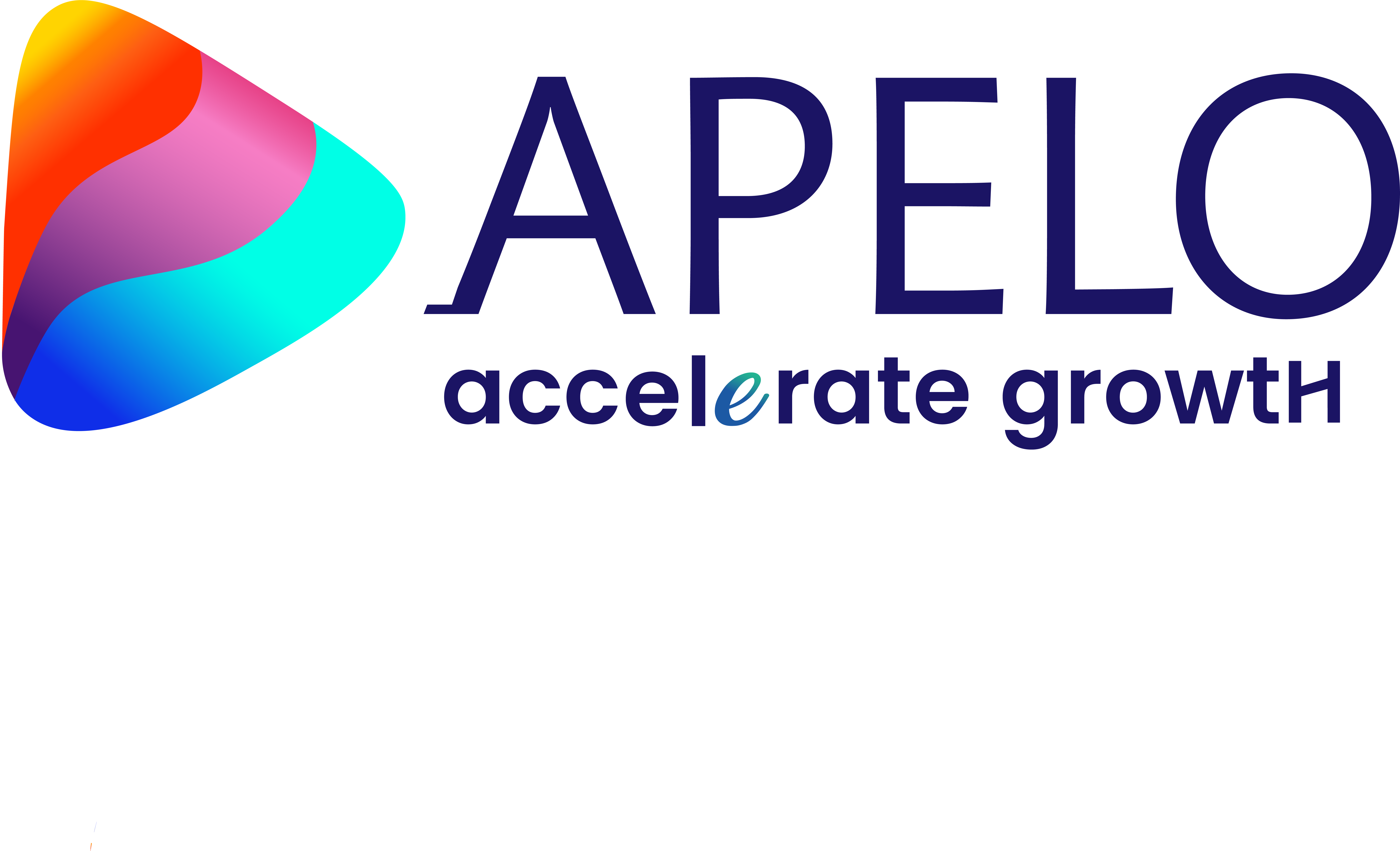In business realms, storytelling has recently become a hot subject. One explanation for this is the sheer explosion of the amount of data that companies must process and connect to their different stakeholders.
So how can all this information be shared by business individuals?
The answer is Market Research
Before the era of the PC and projectors, business analysts used only two means of communication. One was to get up physically, shuffle papers and present the client with a lecture. The second was to get a written report presented. Market research companies were renowned for them and still blamed for creating stereotypically door stopper reports that end up in the bottom drawer of customer’s desk.
Over time, slide decks of market research turned into giant productions that display continuous slides of pie charts and bar graphs, commoditize a great deal of market research. This may be denied by senior researchers, but many of their workers gauge the progress of a day by the number of slides they have made. Presentations are characterized and calculated by being a deck of 60 or a major 120 plus forms. The development and distribution of these slide decks are organized around Entire Market Research organizations.
Identifying the choke- points
It’s a disaster here. Technology has led us to concentrate more on providing higher quantities of statistical evidence in support rather than the quality of insight offered. The issue is only getting worse with the volume of data rising exponentially.
Volume is not the only problem. The market research industry witnessed a sudden elevation in the pattern of data presentation using different software and platforms. Surely, the traditional insights we provided in 2014 were deeper and more complicated than the insights provided 20 or 30 years ago. The charts were hand drawn and primitive. The reports were simple, without segmentation work, or any kind of driver analysis underlying them. Nothing except basic descriptive statistics existed.
Understanding the requirement
In order for clients to understand how we have reached our conclusions, statistical analysis can now be very advanced and need some clarification. Several data sources, including sales data, customer survey data, and verbatim input obtained from the client’s own call centre, can also be dealt with by researchers. These different rivers of data can be assembled into an especially rich analysis that goes beyond descriptive statistics and into the field of strategic thinking.
At this point, our reports can not only get weighed down in sheer volume, but also in complexity. The solution to this growing issue is definitely not “the same, but more of it.” In our reporting style, we need a step-change, and I’m not alone in arguing that we need to move from evidence-based reporting to a storytelling focus.
The Answer for a Market Researcher- Storytelling
Market researchers think long and hard about the level of participation of respondents to the surveys we perform. In questionnaire design, we are well conscious that we need to keep it clear, short, easy to understand and interact with. At the same time, several of us fail to think about our reporting under the same conditions. Why do we need to show pie charts page after page? What is the advantage of having 90 slides long with a deck? What methods do we introduce to boil down all our data into a storyline?
Here is where the storytelling technique in the skilled market researcher’s armoury becomes a valuable instrument. By providing younger researchers practise internally and then in front of customers in the process of presenting decks of PowerPoint presentations, many companies instil presentation skills, but this preparation process only covers half of the story. We are very good at presenting, but we are underdeveloped or boring and over complicated with the information we present.
But narratives are an elegant solution to the issue of too much data. Humans are wired to process and comprehend stories. Stories serve as a kind of cognitive coat hanger on which the hallmark of human dramas may drape feelings, characters, as well as the sense of actions and consequences.
The Art of Factual Story Telling
- Spin the data into a story, without losing the essence of the data:
It isn’t always easy to find the story in your results. But it may help to first build the lens through which you want your findings to be evaluated if you are unsure of where to start. In other words, within the framework of your business needs, you must frame your results. Review the ‘why’ of your analysis in order to construct such a framework: the reason you performed the study in the first place. Returning to your research goals will help define what issue you are trying to address, what you already know about it, and how you intend to apply your findings to it: essentially, the story of your data. This will not only allow you to keep your presentation important and focused on the topic at hand, but also to find out when your story starts.
- Making it relatable
Stories are more effective if they draw on what is already understood, believed, and embraced by your audience. You should be able to identify just how much backstory your audience already has when you focus your story on the intent of the analysis. If you are talking to other departments such as marketing and product development, or to a room full of managers and stakeholders, you can customize the beginning of your tale to draw on their previous experience while filling in any data they do not already have. This will guarantee that the audience will be invested, up to speed, and prepared to add to their insight. Instead of asking the audience to consider a new or shocking reality, when you reach the climax of your story, the finding that made your research worthwhile, you will simply build on their established knowledge.
- Let your expressions loose:
Many presenters are tempted to go through the motions simply: introduce themselves, then their approach, then what the participants said. This strategy is rarely successful in getting information to sink in, although it is efficient in getting information out. But if you offer a narrative structure to your study, your findings will flow from one aspect to the next more eloquently. In The Hero’s Journey, mythologist Joseph Campbell provides a familiar template: a hero goes on a quest, faces challenges, and achieves victory, returning to his fellow man with something to give. (Not unlike a researcher’s work, no?) This is just one way to present your research’s quest, er, goal; the twists and turns you encountered; and how your new experience affects your research Metaphors, themes, and side stories are all welcome, as long as every highlight can be linked into a coherent story.
- Make the reader feel what you feel through your words:
We all know that it’s emotions that really drive people, not logic. So while the details of your story are important, even more so is the way they make your audience feel. In other words, not only because they exist, but because they sound real, the stakes of your research become real to individuals. The use of individual experiences is a perfect way to cater to the feelings of your audience. By using verbatim from qualitative analysis, inserting their voices right into the narrative and humanising your results, turn your respondents into characters in your tale. Or include as a researcher your own experience, and share what shocked, irritated, or excited you about the project. An audience is rarely convinced by statistics and data alone, but images and personal information help.
Storytelling is a strong and effective weapon to present conclusive data while drawing effective meaning from the data that is collected. It is way more expressive and easy understandable as compared to pie charts and bar graphs. The more the listener can relate higher is the rate of absorption of the relevance of data to the receiver. Stories are self explanatory with high dose of relatability through emotions put to words, whereas pie charts and graphs require additional rather more technical information for effective applicability. Undoubtedly, data forecasting can be done remarkably well with a combination of pies and stories.
Neuromarketing is a powerful tool specifically when it comes to establishing trust, connecting with customers, and even boosting sales. Successfully branding or packaging, a company could not only convert visitors into leads, it could also earn lifelong consumers loyal to the brand name. Although we have seen that certain technologies are not prevalent in the practice of companies and agencies committed to neuromarketing due to high costs, reliability or acceptance by participants, these technologies are important for providing important knowledge that would otherwise not be obtained. From this viewpoint, neuromarketing represents an significant advance in the research and understanding of consumer behavior through the systematic application of expertise and reveals itself as a new fundamental method to supplement market research in the present and future.

